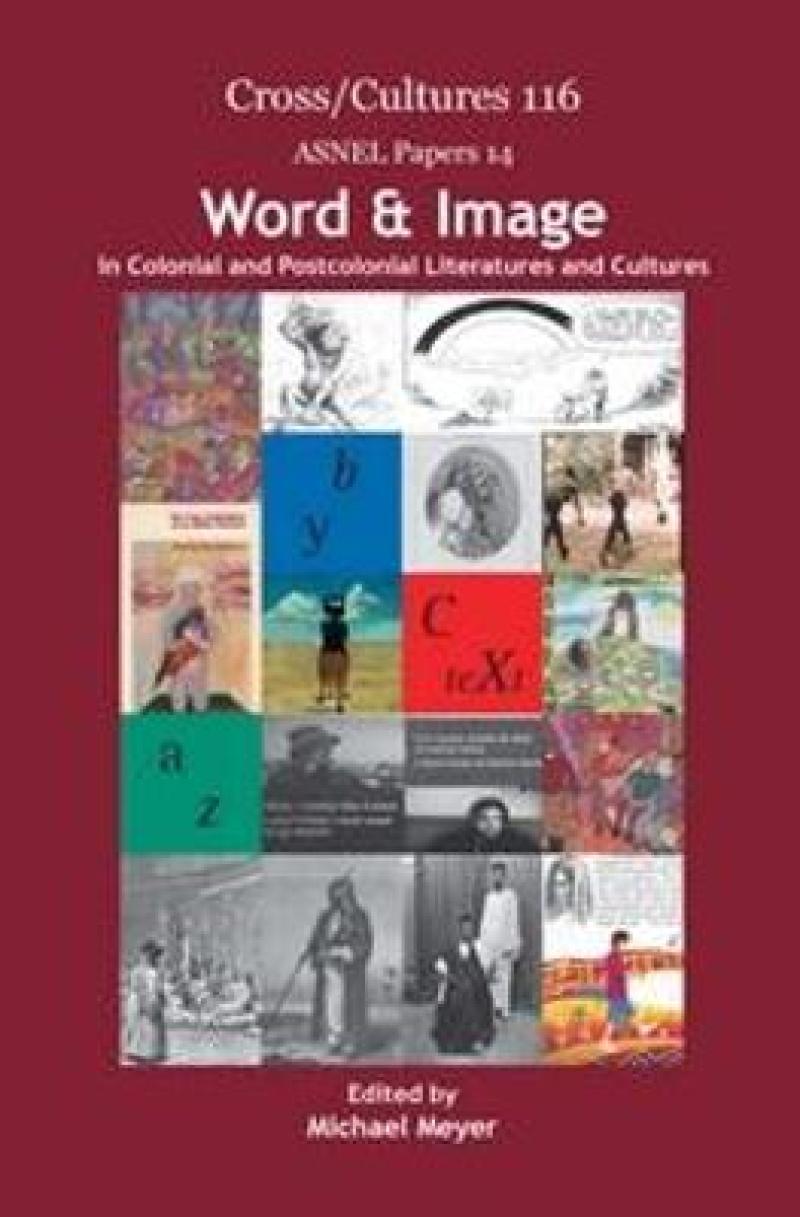Verbal imagery and visual images as well as the intricate relationships between verbal and visual representations have long shaped the imagination and the practice of intercultural relationships. The contributions to this volume take a fresh look at the ideology of form, especially the gendered and racial implications of the gaze and the voice in various media and intermedial transformations. Analyses of how culturally specific forms of visual and verbal expression are individually understood and manipulated complement reflections on the potential and limitations of representation. The juxtaposition of visual and verbal signifiers explores the gap between them as a space beyond cultural boundaries.
Topics treated include: Caliban; English satirical iconotexts; Oriental travel writing and illustration; expatriate description and picturesque illustration of Edinburgh; ethnographic film; African studio photography; South African cartoons; imagery, ekphrasis, and race in South African art and fiction; face and visuality, representation and memory in Asian fiction; Bollywood; Asian historical film; Asian-British pop music; Australian landscape in painting and fiction; indigenous children’s fiction from Aotearoa New Zealand, Canada, and the USA; Canadian photography; Native Americans in film.
Writers and artists discussed include: Philip Kwame Apagya; the Asian Dub Foundation; Breyten Breytenbach; Richard Burton; Peter Carey; Gurinder Chadha; Daniel Chodowiecki; J.M. Coetzee; Ashutosh Gowariker; Patricia Grace; W. Greatbatch; Hogarth; Francis K. Honny; Jim Jarmusch; Robyn Kahukiwa; Seydou Keita; Thomas King; Vladyana Krykorka; Alfred Kubin; Michael Arvaarluk Kusugak; Kathleen and Michael Lacapa; László Lakner; George Littlechild; Ken Lum; Franz Marc; Zakes Mda; Ketan Mehta; M.I.A. (Maya Arulpragasam); Timothy Mo; William Kent Monkman; Lady Mary Wortley Montagu; John Hamilton Mortimer; Sidney Nolan; Jean Rouch; Salman Rushdie; William Shakespeare; Robert Louis Stevenson; Richard Van Camp; Zapiro.
Les mer
Acknowledgements
Illustrations and Permissions
Introduction
Michael Meyer: Word & Image – Gaze & Spectacle
Colonial Representations
Daniel Jaczminski: Liberating the Strange Fish. Visual Representations of Caliban and Their Successive Emancipation from Shakespeare’s Original Text
Peter Wagner: Hogarth and the Other
Patricia Plummer: “The free treatment of topics usually taboo’d”. Glimpses of the Harem in Eighteenth- and Nineteenth-Century Literature and the Fine Arts
Cordula Lemke: Tourist Places, Other Gazes. Robert Louis Stevenson’s Edinburgh
Postcolonial Representations
Gisela Feurle: “Picture is a Silent Talker” (Apagya). African Studio Photography in the English Classroom
Sonja Altnöder: A Black and White Nation? The ‘New’ South Africa in Zapiro’s Cartoons
Marita Wenzel: Zakes Mda’s Representation of South African Reality in Ways of Dying, The Madonna of Excelsior and The Whale Caller
Heilna du Plooy: Looking Out and Looking In. The Dynamic Use of Words and Images in the Oeuvre of Breyten Breytenbach
Susan Arndt: Whiteness as a Category of Literary Analysis. Racializing Markers and Race-Evasiveness in J.M. Coetzee’s Disgrace
Ann Spangenberg: “Just for show”. Visuality in Timothy Mo’s The Monkey King
Laurence Petit: On Pickles, Pictures, and Words: Pick-torial Preservation and Verbal Self-Regeneration in Salman Rushdie’s Midnight’s Children
Lucia Krämer: “Neither united nor separated”. Negotiating Difference in Ashutosh Gowariker’s Lagaan and Ketan Mehta’s Mangal Pandey
Christine Vogt–William: Transcultural Gender Interrogations in Bride and Prejudice. Intertextual Encounters of the South Asian Diasporic Kind
Rainer Emig: Missing in Act(i)on. Asian-British Pop Music Between Resistance and Commercialization
Renate Brosch: Vernacular Landscape. Narrative Space in Peter Carey’s True History of the Kelly Gang
Michaela Moura–Koçoğlu: Regaining the Past and Shaping the Present. Indigenous Children’s Fiction from Aotearoa New Zealand, Canada, and the USA
Nicole Schröder: Between Words and Images. Negotiating the Meaning of Home in Ken Lum’s There Is No Place Like Home
Jens Martin Gurr: The Mass-Slaughter of Native Americans in Jim Jarmusch’s Dead Man. A Complex Interplay of Word and Image
Notes on Contributors
Les mer
”Word & Image in Colonial and Postcolonial Literature and Cultures is an impressive and attractive collection. It should be borne in mind that what is not at stake in Word & Image is a through-going investigation into the realpolitik of colonialism, but rather an examination of aesthetic representation in a cross-cultural context. In this sense, the collection overall avoids the difficult politics of colonial legacies, with most essays preferring instead to concentrate on the limits of word/image representation. In this regard it is a welcome addition to the store of recent postcolonial scholarship on the ideological impulses behind words and images.” - Eoghan Smith, Carlow College, Ireland, in: The English Messenger 23.1 (Summer 2014), pp. 82-84
Les mer
Produktdetaljer
ISBN
9789042027435
Publisert
2009-01-01
Utgiver
Vendor
Editions Rodopi B.V.
Vekt
831 gr
Høyde
235 mm
Bredde
155 mm
Aldersnivå
P, 06
Språk
Product language
Engelsk
Format
Product format
Innbundet
Volume editor
